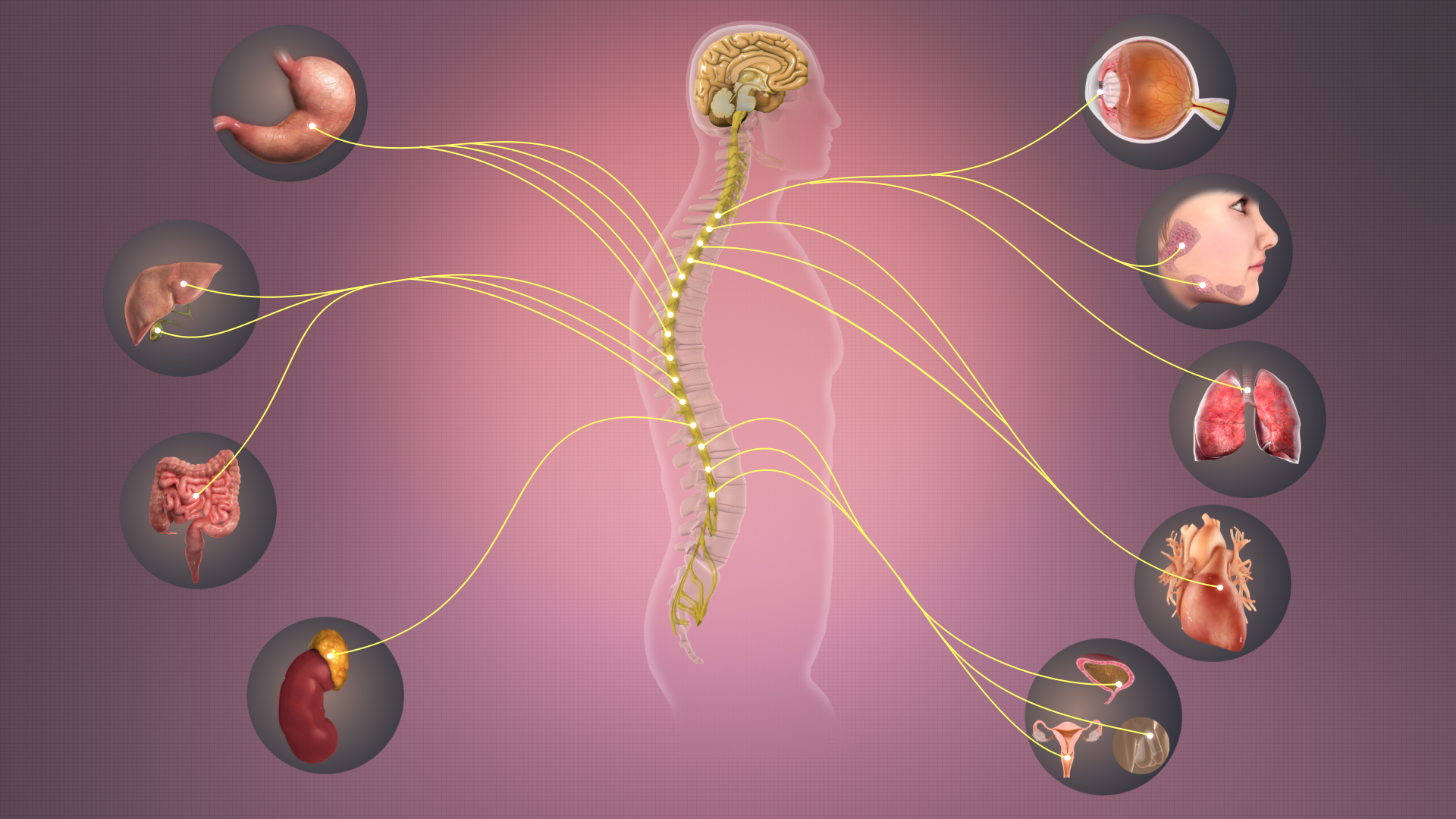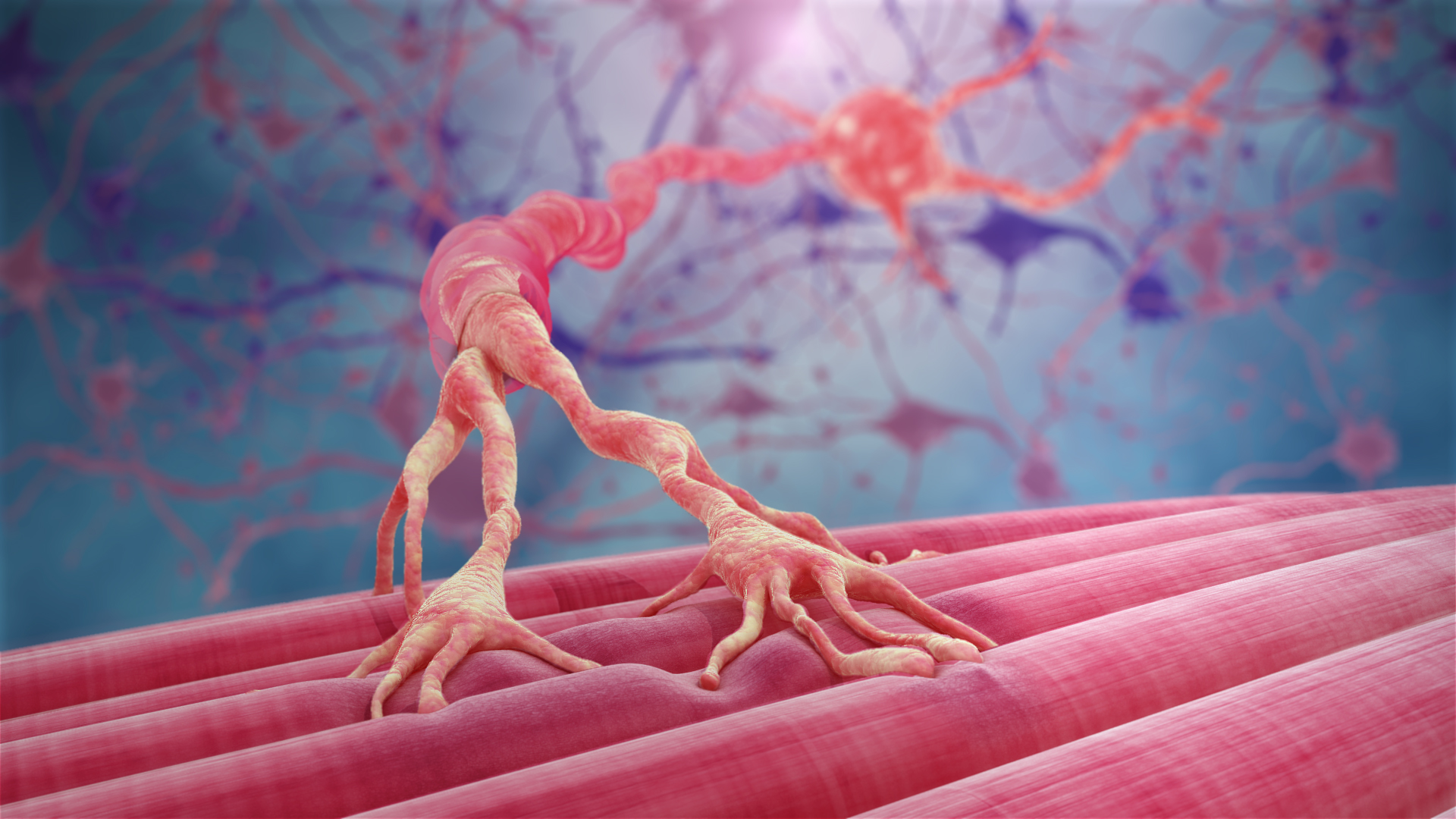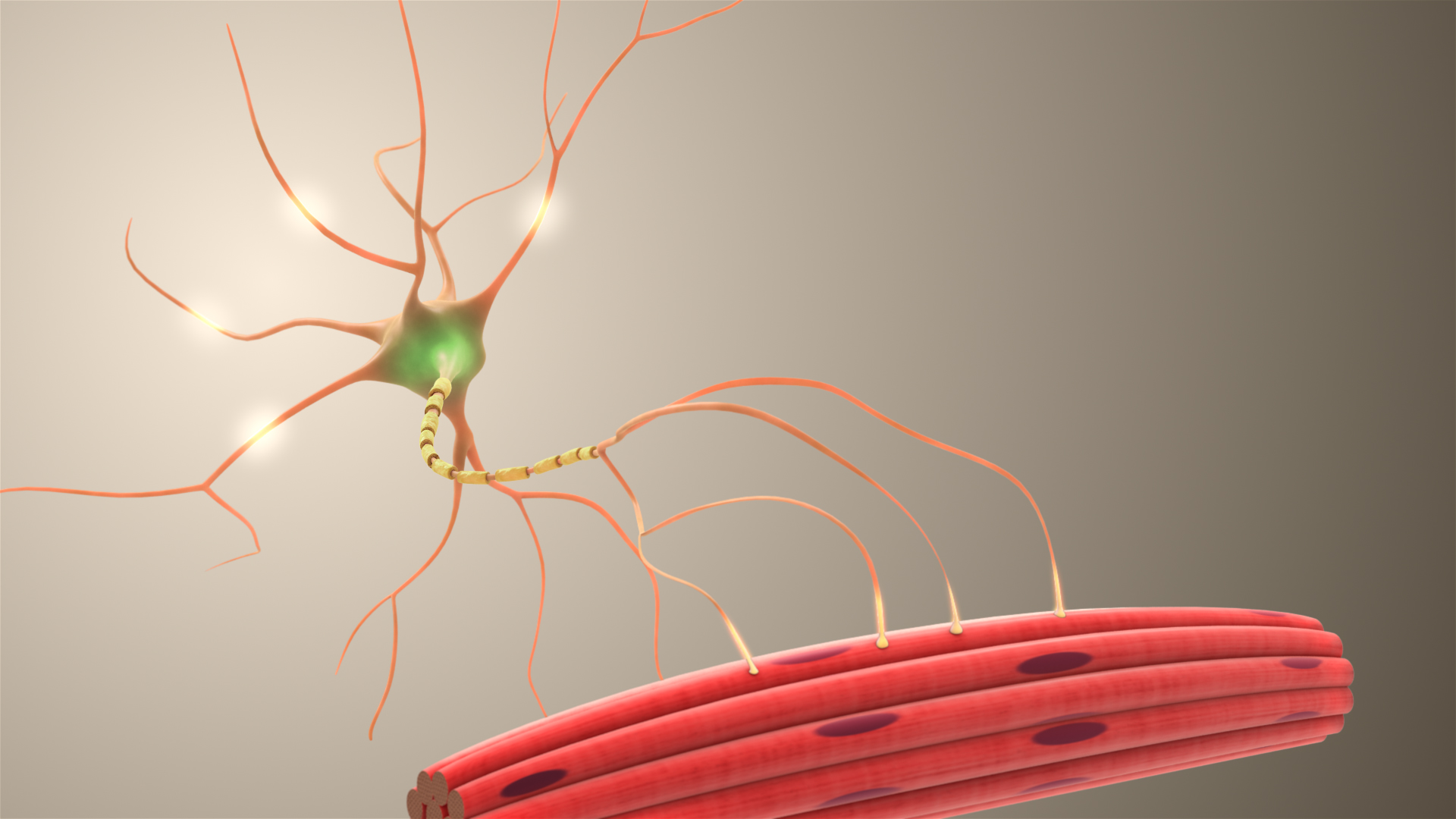The Internet of Things or IOT has risen to prominence and is touted as the next big thing. This has come about largely because of a confluence in three major areas. First, the ubiquitousness of high-speed internet. Second, the availability of low cost, tiny, sensing systems. Third, the development of interoperability standards connecting sensing systems with control systems of manufactured products.
The human body has a similar IoT; it’s called the neural network. First, billions of tiny sensing cells make sense of stimuli. Second, a high speed network of neurons carries electrical signals through the body. Third, different types of neurons convert sensory information into impulses that control the body. In this way, neurons are the base for the body’s own IoT system.
Your body has more sense than you think

Traditional wisdom is that the body has five senses. But the body’s sensory mechanisms are far more nuanced. Receptors on the end of sensory neurons are able to sense a vast array of stimuli. These include obvious ones such as light, heat, chemical, pressure, damage or pain. But also, less obvious ones like humidity, position, ultraviolet or infrared radiation and even little known ones such as, magnetic and electric fields, salinity, blood pressure, and fluid concentration -- also known as osmolarity. Short of an inbuilt GPS, many of the sensors envisioned in the IoT enabled world, already exist in our bodies.
Your body’s bullet train
When a receptor detects stimuli, an electromagnetic pulse is generated and transmitted along a high speed network of neurons. Speeds of neural transmission can reach up to 268 mph, similar to top speeds for bullet trains. Theoretically, this means a round trip from the hands to the brain and back can be as little as 1/50 of a sec. In reality, signals travel at between 1-268 mph and human reaction times are typically ¼ to ⅙ of a second.
In the IOT world the equivalent of reaction times is referred to as network latency - the time between input and response. Latency in the body includes the speed with which the signal is recognized, transmitted, processed and responded to. So while the electrochemical pulse does not translate into light speed, the overall neural network latency is commendable.

The KISS method reduces latency
In business schools a popular business guideline is referred to as the KISS method or the KISS test. K.I.S.S - short for Keep It Simple Stupid! - is applied to all areas of business thinking such as marketing value propositions, operational structures, even sales force incentive schemes. The body adheres to this principle also. Each neuron signal is like a simple yes or no answer to a question like “Is it hot?” This signal is transmitted to the brain or spinal cord, where a response is determined and executed.
Sensory neurons detect and transmit. The response is executed by motor neurons that can control muscles and glands. Interneurons connect neurons to another. In this way, the body can reduce latency for simple actions that need a quick response -- like avoiding getting burned on a hot stove -- because the brain does not get involved in the reaction.

Inspiring IOT networks
Understanding how the human body has evolved to meet the challenges of sensory response provides models for how IOT networks might best solve similar problems. For example, network latency issues can be reduced for critical functions through local decision making. And simplifying decision and response can sometimes lead to more efficient networks. The yes/no approach to decision making is, for example, exhibited by an Amazon Dash Button, and is a KISS system versus making a weekly grocery list. A true neural inspired IoT would be a sensor that understood when laundry detergent was needed, and immediately sent the signal to Amazon for a delivery response. In that way, the neural analogy allows us to divine the next likely innovation in IoT.
Sources:








